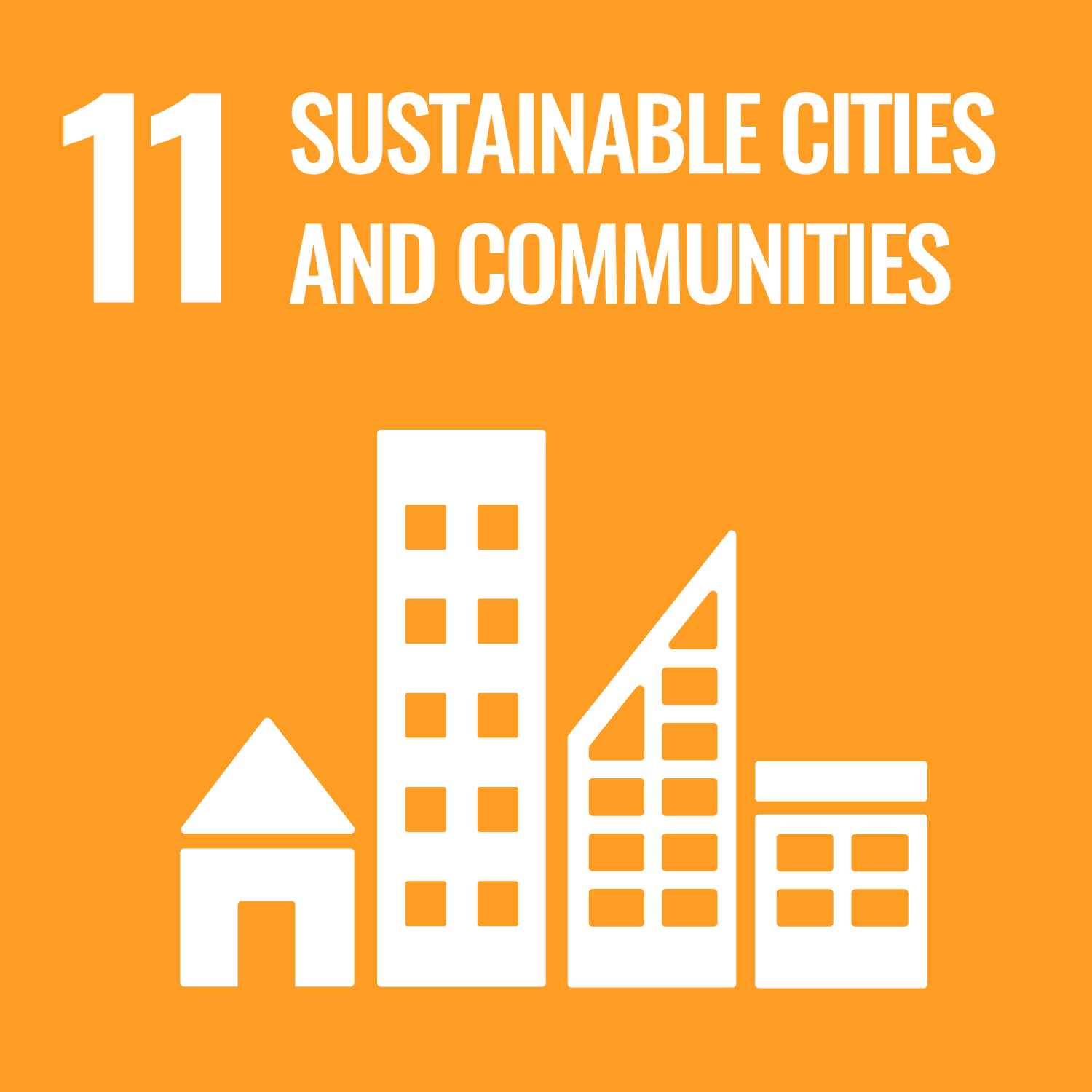Fan, Z.-M., Zhu, B.-W., Xiong, L. et al. (2 more authors) (2023) Urban design strategies fostering creative workers' sense of identity in creative and cultural districts in East Asia: An integrated knowledge-driven approach. Cities: The International Journal of Urban Policy and Planning, 137. 104269. ISSN 0264-2751
Abstract
In recent years, many cultural districts have become increasingly unsustainable due to the neglect of physical environment quality. Hence, researchers have thoroughly investigated the close relationship between the physical environment quality of cultural districts and creative workers' sense of identity in creative and cultural districts (CCDs). However, few studies have clarified the complex relationship between physical environment factors and creative workers' sense of identity from a systematic perspective. Therefore, this study aims to establish a hybrid multiple-criteria decision-making (MCDM) model to identify the relationship between physical environment factors and creative workers' sense of identity using an integrated knowledge-driven approach that combines the rough set approach (RSA) and the decision-making trial and evaluation laboratory (DEMATEL) method. A total of 81 CCD cases in East Asia were selected to validate the proposed hybrid MCDM model. As result, through RSA, four core attributes that can help creative workers to form a sense of identity in CCDs were extracted, they are the quality of public art, the order and cleanliness of the building facade, the open spaces supporting social activities and the green beautification degree and characteristics. Then, 23 rules (If…Then…) were established. Additionally, through DEMATEL, the dominant influence relationships among these attributes were clarified based on expert knowledge. A “decision path map” driven by the “integrated knowledge” was developed, which can contribute to formulating and implementing strategies for systematically improving the physical environments of CCDs and consequently fostering creative workers' sense of identity. Specifically, our results show that project managers and designers pay attention to maintaining the authenticity of historical buildings in CCDs and focus on creating appropriate color environments and personalized private spaces based on the audience's aesthetic preferences and private habits to evoke a sense of local identity and belonging in creative workers.
Metadata
| Item Type: | Article |
|---|---|
| Authors/Creators: |
|
| Keywords: | Creative and cultural district (CCD), Creative workers, Sense of identity, Physical environment design, Integrated knowledge-driven approach, Decision path map |
| Dates: |
|
| Institution: | The University of Leeds |
| Academic Units: | The University of Leeds > Faculty of Engineering & Physical Sciences (Leeds) > School of Civil Engineering (Leeds) |
| Depositing User: | Symplectic Publications |
| Date Deposited: | 20 Feb 2025 12:55 |
| Last Modified: | 20 Feb 2025 13:12 |
| Published Version: | https://www.sciencedirect.com/science/article/pii/... |
| Status: | Published |
| Publisher: | Elsevier |
| Identification Number: | 10.1016/j.cities.2023.104269 |
| Sustainable Development Goals: | |
| Open Archives Initiative ID (OAI ID): | oai:eprints.whiterose.ac.uk:223530 |

 CORE (COnnecting REpositories)
CORE (COnnecting REpositories) CORE (COnnecting REpositories)
CORE (COnnecting REpositories)